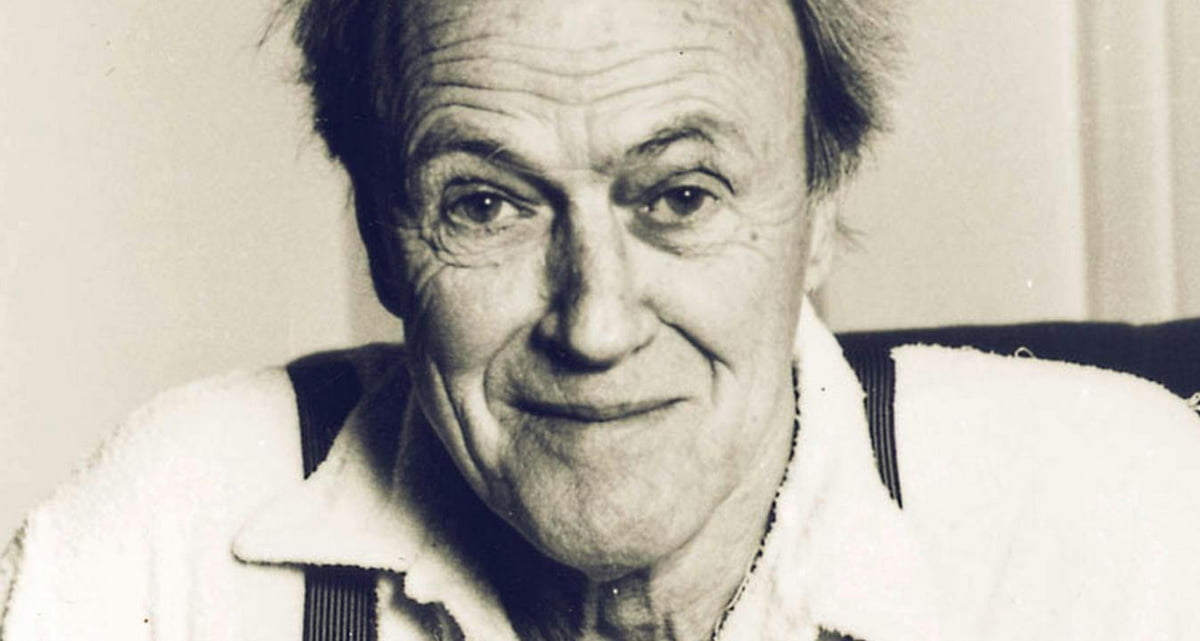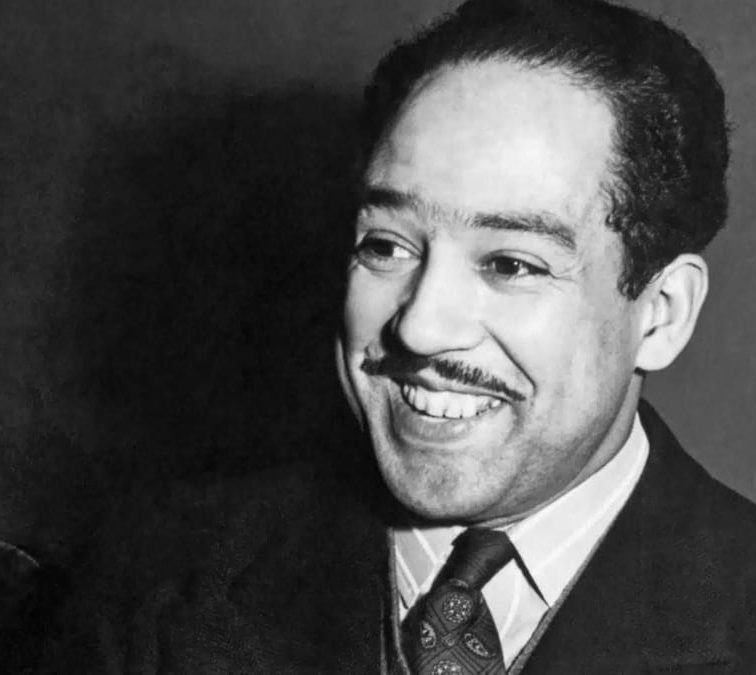Dive into the whimsical world of Roald Dahl, where the extraordinary is ordinary and the mundane, magical. Did you know this master storyteller once sparred with Ernest Hemingway and contributed to medical science by inventing a life-saving device?
From his early days speaking Norwegian at home to his later years writing in a secluded garden shed, Dahl’s life was as fascinating and varied as his stories. Each fact about him is a thread in the vibrant tapestry of a life lived in full color. Prepare to be intrigued as we explore fun facts about Roald Dahl, revealing the man behind the legendary tales.
1. Norwegian Roots: Roald Dahl’s Inspirational Journey
Roald Dahl’s intriguing journey began in 1916 Cardiff, Wales, where he was born to Norwegian parents, Harald and Sofie Magdalene Dahl. His Norwegian heritage played a vital role in his life and works, shaping his imagination and cultural identity.
Dahl’s father, a prosperous shipbroker, had emigrated from Sarpsborg in Norway, while his mother hailed from a prominent Norwegian family. Named after the famed explorer Roald Amundsen, Dahl grew up in a household where Norwegian was the spoken language.
His early life, deeply rooted in Norwegian traditions and stories, inspired the fantastical elements in his writing. Dahl’s summers in Norway, exploring the fjords and absorbing tales of mythical creatures, left a lasting impression on his storytelling, infusing it with a unique blend of Nordic folklore and British wit.
2. Shed of Creativity: Roald Dahl’s Writing Sanctuary
Roald Dahl’s literary genius was not confined to a grand office but flourished in a modest garden shed at his home. This small, personal space was where many of his beloved stories took shape. Dahl’s routine involved spending about four hours each day in this shed, embracing simplicity and solitude. He would sit in a large, comfortable chair, his legs kept warm by a sleeping bag, with a cigarette often in hand.
Dahl meticulously sharpened six pencils before starting each session, a ritual that marked the beginning of his creative process. This humble shed, a sanctuary for his imagination, exemplifies how physical space can profoundly influence an artist’s work.
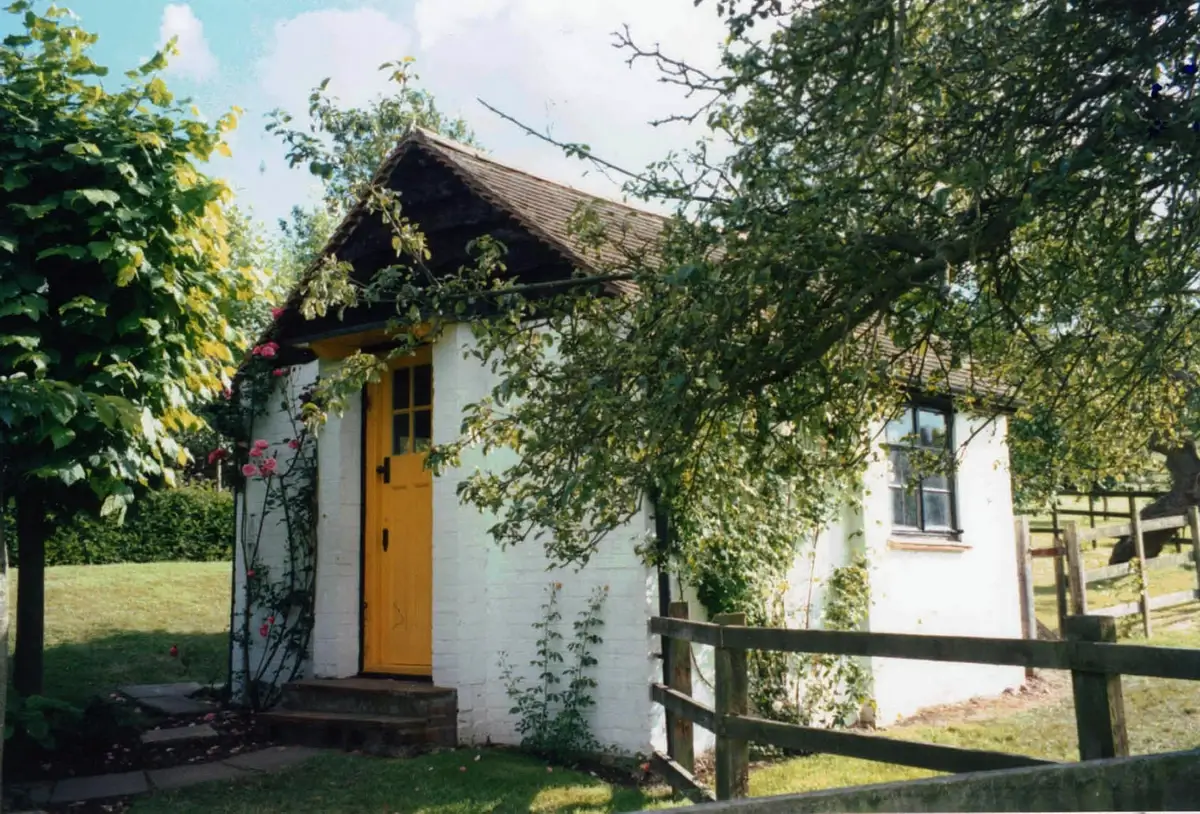
Roald Dahl’s quaint writing shed, nestled in his garden. Image: thehistoryblog.com
3. Roald Dahl’s Childhood Mischief: The Great Mouse Plot
Roald Dahl’s childhood was as vibrant and imaginative as his later works, marked by a notorious prankster spirit. He is famously known for the “Great Mouse Plot of 1924,” where he and his friends placed a dead mouse in a jar of gobstoppers at their local sweet shop. This act of mischief, targeting a shop owned by a disagreeable old woman, earned him a reputation for troublemaking.
These early escapades, reflective of Dahl’s playful and mischievous nature, would later find echoes in his literary creations, contributing to the unique blend of whimsy and adventure that characterizes his stories.
4. Roald Dahl: The Playboy Contributor
Roald Dahl, celebrated for his captivating children’s stories, also had a lesser-known facet to his writing career – contributing to Playboy magazine. While Dahl is often remembered for his whimsical and adventurous children’s books, he equally excelled in the realm of adult short stories.
His works featured in various publications, including Playboy, showcasing his versatility and range as a writer. This unexpected aspect of Dahl’s literary journey reflects his ability to engage a broad spectrum of readers, from young children to adult audiences, with his storytelling prowess.
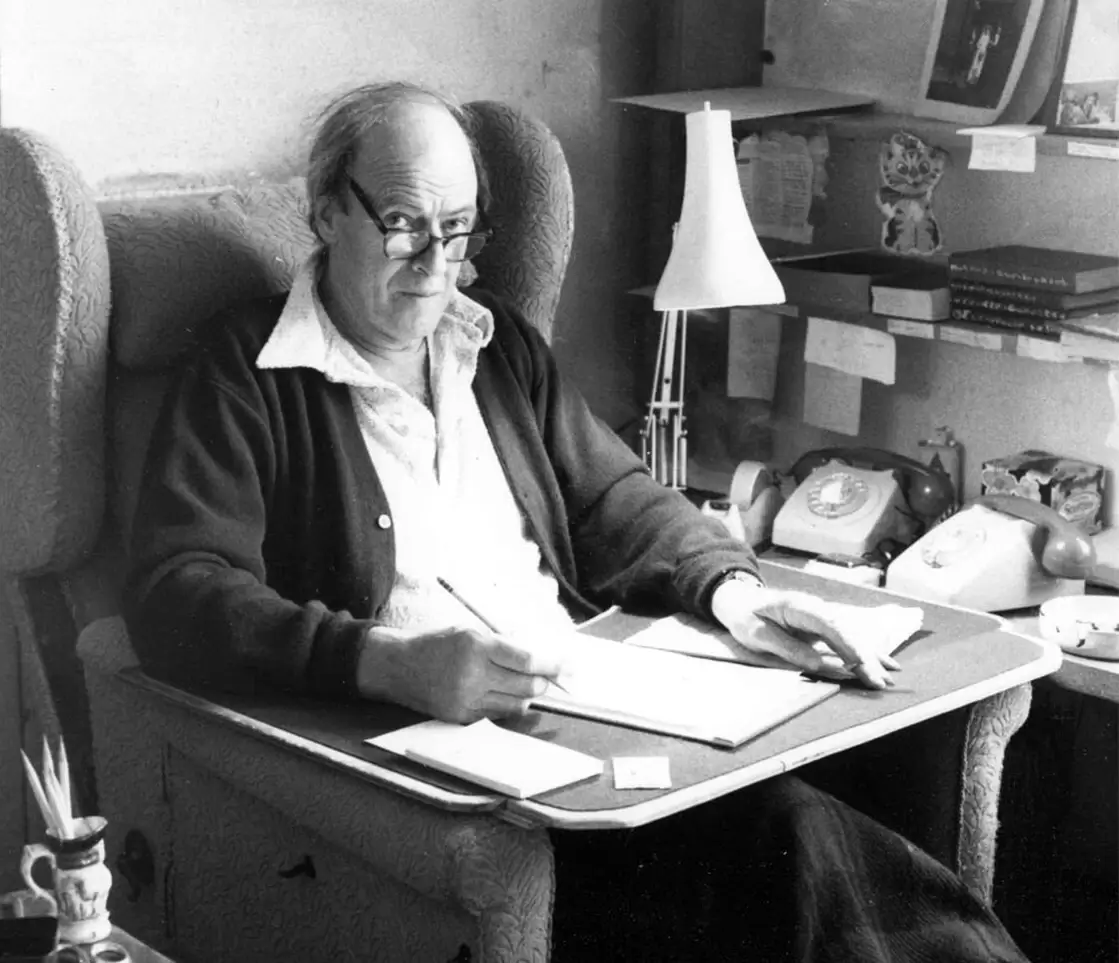
Image: npr.org
5. A Writer’s Routine: Dahl’s Yellow Paper and Pencil
Roald Dahl’s writing routine was both unique and disciplined. In the haven of his garden shed, Dahl adhered to a strict schedule, writing from 10 AM to 12 PM and then again from 4 PM to 6 PM every day. A key aspect of his process was the use of yellow legal paper and a HB pencil, tools that helped channel his creativity into the enchanting stories known worldwide.
This methodical approach, coupled with his choice of writing materials, reflects the careful craftsmanship and distinctive style that Dahl brought to his work.
6. Spy and Author: Roald Dahl’s WWII Espionage
Before becoming a renowned children’s author, Roald Dahl led an extraordinary life as a World War II spy. His journey from a fighter pilot to espionage began after surviving a plane crash in North Africa. Dahl’s tall stature and charming personality made him an ideal spy.
In Washington D.C., as part of the British Security Coordination, he mingled with high society, seducing heiresses and socialites to bolster support for the Allied cause. This hidden chapter of Dahl’s life not only influenced his writing career but also adds a layer of intrigue to his legacy.
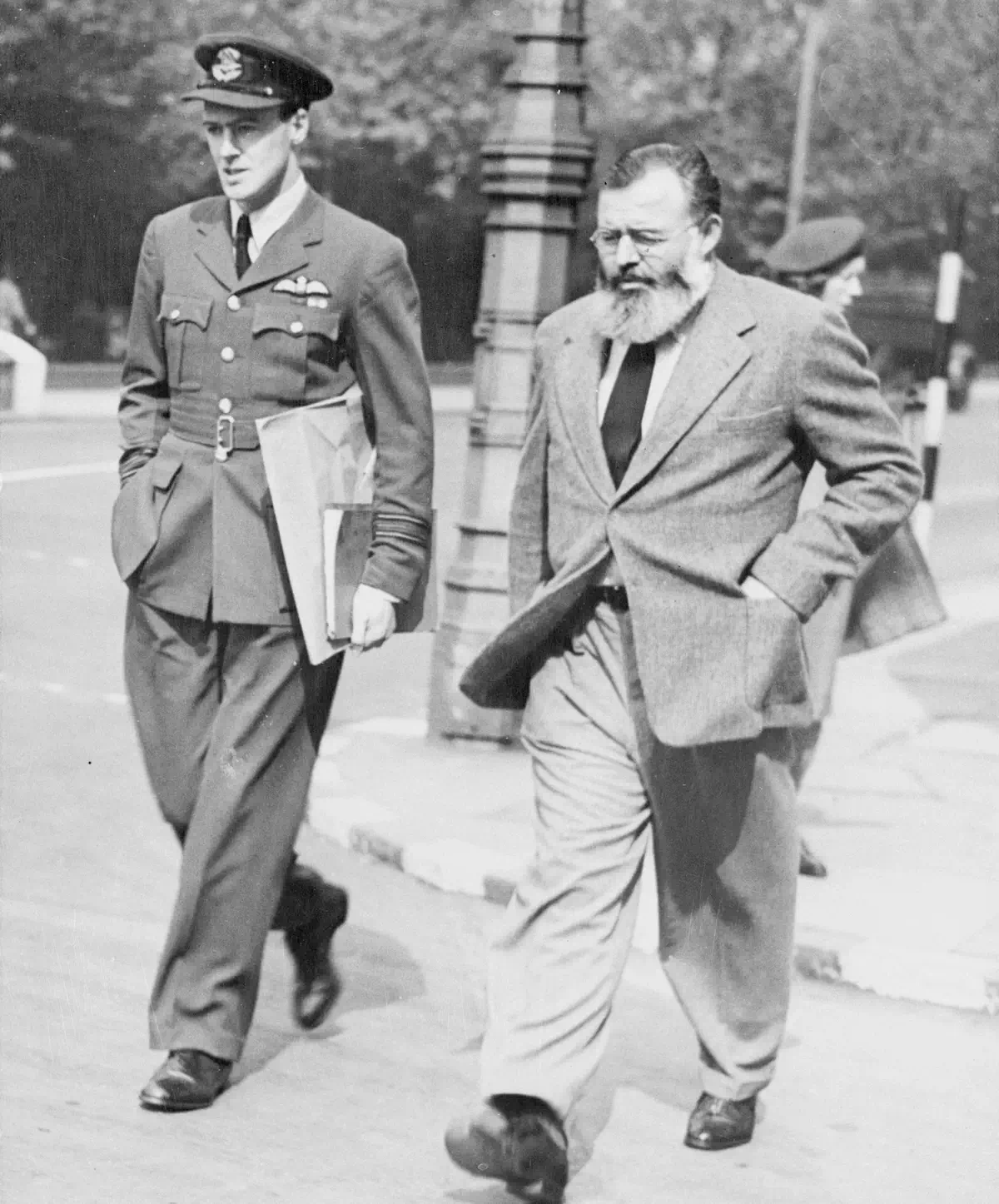
Roald Dahl and Ernest Hemingway. Image: biography.com
7. Scriptwriter for ‘You Only Live Twice’
Roald Dahl’s multifaceted career included scripting the James Bond film “You Only Live Twice.” Released in 1967, Dahl’s screenplay for this iconic movie was loosely based on Ian Fleming’s novel.
This venture marked a significant departure for Dahl, known primarily for his children’s literature. His script contributed to the evolving narrative style of the James Bond series, showcasing his versatility and creative prowess in a genre markedly different from his usual works.
8. Childhood Meeting with Beatrix Potter
As a child, Roald Dahl experienced a memorable encounter with his idol, Beatrix Potter. At around the age of six, Dahl traveled from Wales to Potter’s home in the Lake District. This meeting was significant for Dahl, as Potter was a favorite author of his.
During the encounter, Dahl recognized the landscape from Potter’s illustrations in “Jemima Puddle-Duck.” The story goes that when Dahl approached Potter in her garden, she briskly told him to leave, a moment that stayed with Dahl throughout his life. This early interaction with a literary figure may have influenced Dahl’s own journey as a writer.
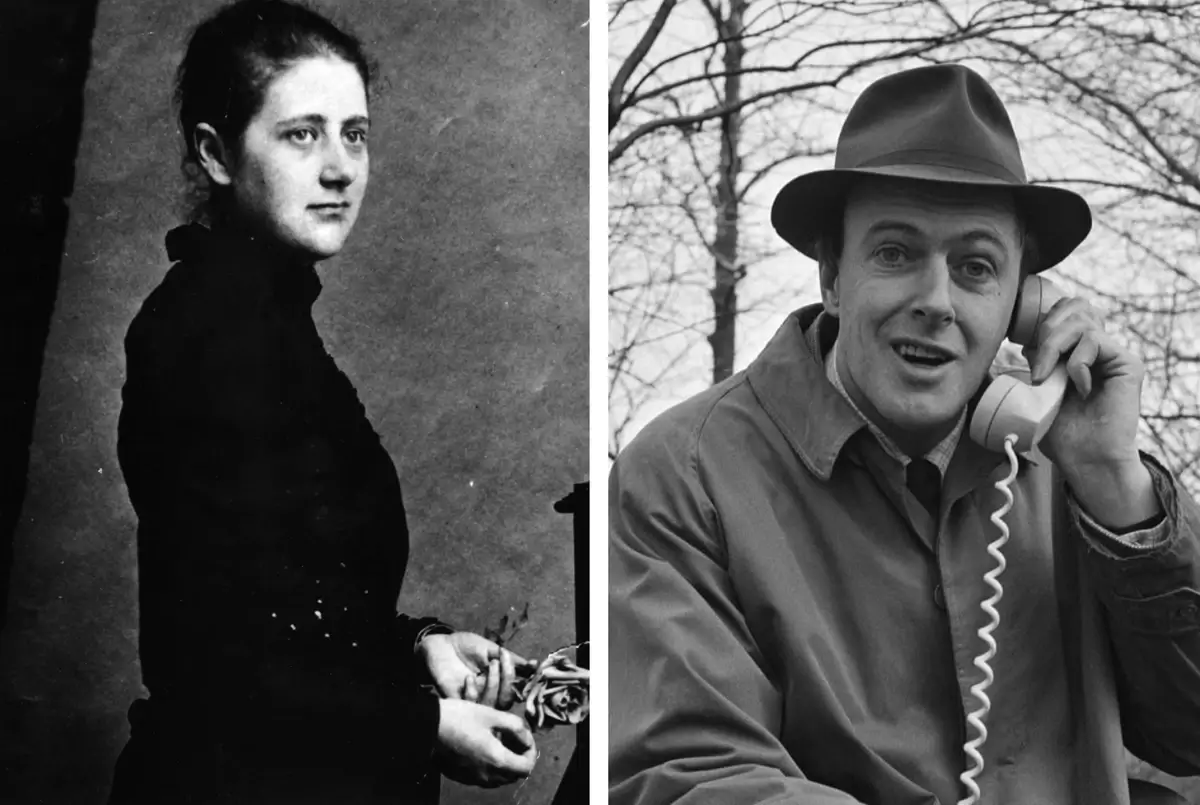
Image: actualidadliteratura.com / newyorker.com
9. Chocolate Factory Experience
Roald Dahl’s iconic “Charlie and the Chocolate Factory” was influenced by his own childhood experiences. At 13, Dahl tasted chocolates for Cadbury as part of a focus group at his school, receiving boxes of chocolates to test.
This early encounter with the chocolate industry sparked his imagination, leading him to dream about inventing new chocolates. This dream eventually materialized in his writing, as he crafted the whimsical world of Willy Wonka’s chocolate factory. Dahl’s firsthand experience in the world of chocolates played a key role in shaping one of his most beloved stories.
10. Desert Crash: Roald Dahl’s WWII Ordeal
Roald Dahl’s early life was marked by a dramatic event during World War II. In 1940, while serving as a fighter pilot in the Royal Air Force, Dahl was flying a Gloster Gladiator when he was forced to make an emergency landing in the Libyan desert.
The undercarriage of his plane hit a boulder, resulting in a crash that fractured his skull, smashed his nose, and temporarily blinded him. Dahl was rescued and taken to a hospital, an experience that profoundly impacted his life and future writing career.
11. Partnership in Life: Roald Dahl and Patricia Neal
Roald Dahl’s marriage to Patricia Neal in 1953 marked the beginning of a profound partnership. Neal, an Oscar-winning actress, and Dahl, a burgeoning literary talent, together navigated the challenges and joys of family life.
Their union produced five children, a testament to their desire to build a strong family. However, their life was not without tragedy, including the serious injury of their baby son Theo in an accident and the loss of their daughter Olivia.
These hardships only strengthened their bond, showcasing their resilience and teamwork in the face of adversity.
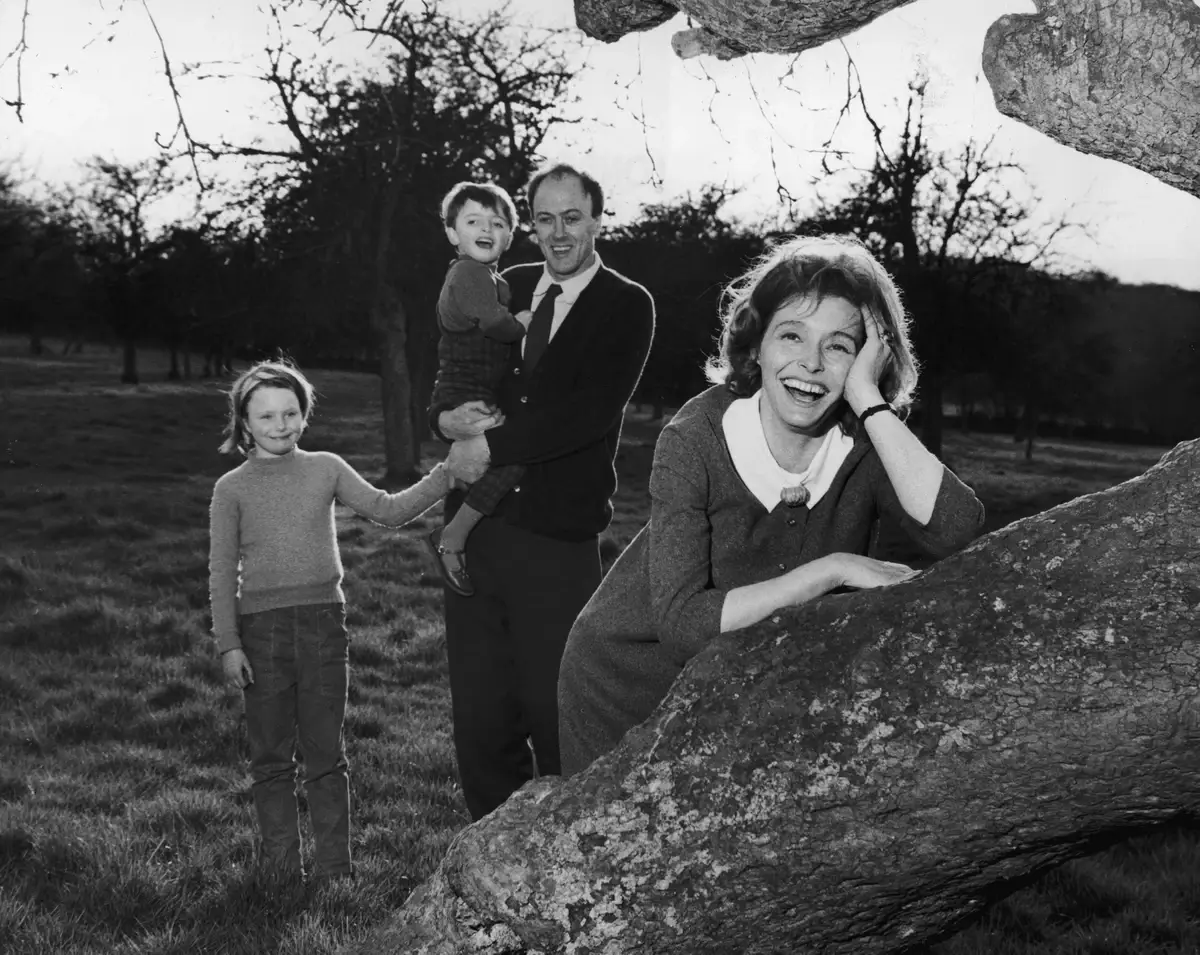
Roald Dahl and Patricia Neal with kids. Image: kirkusreviews.com
12. Bedtime Stories for His Children
Roald Dahl’s journey as a children’s author was deeply intertwined with his role as a father. He began telling his children imaginative bedtime stories, which sparked his interest in writing for children.
These storytelling sessions at his home in Great Missenden were a creative laboratory where he conjured up some of his most famous works. This personal interaction with his children played a crucial role in shaping his renowned career as a beloved children’s author.
13. Roald Dahl’s Magical 20: A Legacy of Children’s Tales
Roald Dahl, a celebrated author renowned for his imaginative and engaging children’s books, wrote a total of 20 children’s stories throughout his career. These books, cherished by generations, range from his first children’s book “The Gremlins” to classics like “Matilda” and “The BFG”.
His stories often feature whimsical plots, unique characters, and a blend of humor and moral lessons. Dahl’s contributions to children’s literature have left an indelible mark, continuing to captivate and inspire young readers around the world.
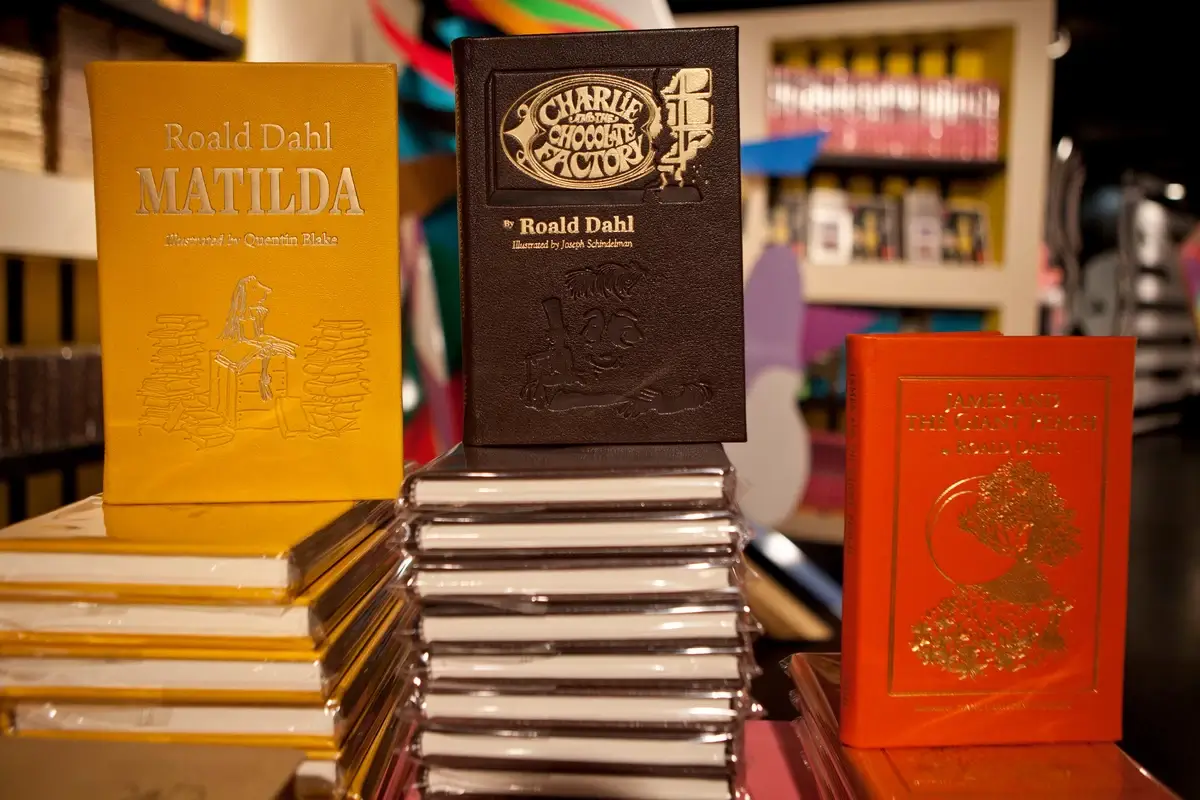
Image: independent.co.uk
14. Unique Vocabulary in Books
Roald Dahl’s unique vocabulary in his books was partly inspired by the speech difficulties experienced by his wife, Patricia Neal, following her stroke. Her struggle with words led to the creation of whimsical and nonsensical terms, such as “sooty swatch” and “oblogon.”
Dahl noted these peculiar expressions and integrated a playful approach to language in his writing. This led to the invention of “Gobblefunk,” a language rich in creativity and originality, featured prominently in his book “The BFG.” Dahl’s inventive use of language continues to delight readers, adding a unique charm to his stories.
15. Shell Petroleum Employee: Roald Dahl’s African Adventure
Before his fame as a writer, Roald Dahl’s career took an unexpected turn in 1934 when he joined the Shell Petroleum Company. After two years of training in the United Kingdom, Dahl was assigned to East Africa, specifically to Mombasa, Kenya, and later Dar-es-Salaam in Tanganyika (now Tanzania).
Living in luxury, he embarked on oil supply assignments across Tanganyika, encountering the diverse wildlife of Africa, including lions and black mambas. This phase of his life, brimming with adventure, laid the groundwork for his later storytelling brilliance.
16. First Published Piece: “A Piece of Cake”
Roald Dahl’s foray into writing began with his first published piece, “A Piece of Cake.” Originally written as notes on his wartime experiences for author C.S. Forester, these were unexpectedly submitted as they were to The Saturday Evening Post.
The narrative, providing a vivid account of Dahl’s experience as a fighter pilot, captured the drama and reality of war. Published on August 1, 1942, under the title “Shot Down Over Libya,” this work marked the beginning of Dahl’s illustrious writing career.
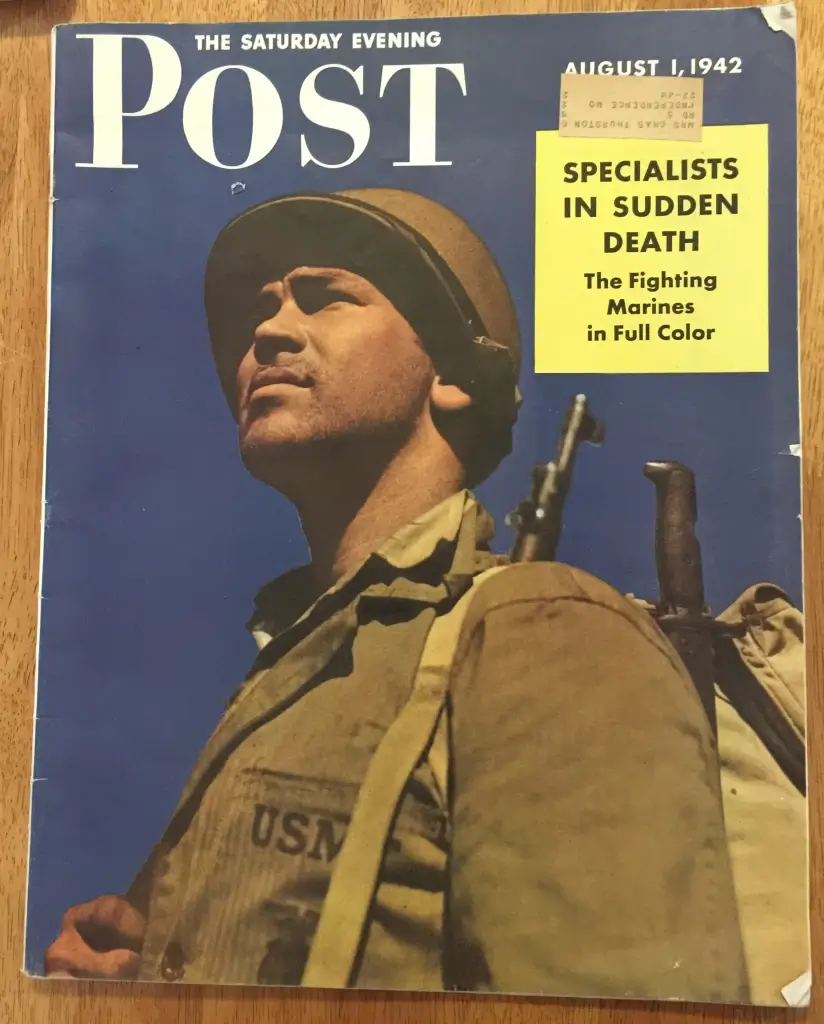
Image: roalddahlfans.com
17. Temper Issues with Random House
Roald Dahl’s relationship with his publisher Random House was notably stormy. He was known for his fiery temper, particularly in his dealings with the publishing house. Dahl often sent them curse-laden letters expressing his dissatisfaction over various issues, including his contract and the way his name was presented on his book covers.
This volatile relationship is a lesser-known aspect of Dahl’s life, revealing a more complex and impassioned side to the beloved author.
18. Buried with Personal Items
Roald Dahl’s final resting place reflects the unique character and interests that defined his life. When he passed away in 1990, Dahl was given a burial that included several of his favorite items. His grave was filled with personal belongings such as chocolates, a bottle of Burgundy wine, snooker cues, his favorite pencils, and even a circular saw.
This eclectic collection of items, chosen to accompany him in the afterlife, serves as a testament to his varied passions and the whimsical nature that permeated both his life and his work.
FAQ
What was Roald Dahl’s real name?
Roald Dahl’s real name was indeed Roald Dahl. He was born on September 13, 1916, in Llandaff, Cardiff, Wales, to Norwegian parents.
What 3 languages could Roald Dahl speak?
Roald Dahl was fluent in three languages: English, Norwegian, and Swahili. His bilingual upbringing in English and Norwegian was complemented by his proficiency in Swahili, acquired during his time in Africa working for Shell and later as a fighter pilot in World War II.
What is Roald most famous for?
Roald Dahl is most renowned for his exceptional work as an author of children’s books. His stories, known for their imaginative plots, memorable characters, and a blend of whimsy and dark humor, include classics such as “Charlie and the Chocolate Factory,” “Matilda,” and “James and the Giant Peach.”
Did Roald Dahl have pets?
Roald Dahl had a deep love for dogs, which began in his childhood and continued throughout his life. He owned several dog breeds, including Dachshunds, Welsh Corgis, Labrador Retrievers, Golden Retrievers, and Poodles. His first dogs were Dachshunds named Schnitzel and Frieda, who inspired his first children’s book, “The Gremlins.”
Dahl also owned a pair of dogs named Chopper and Candy, comprising a Welsh Corgi and a Labrador Retriever, and a Borzoi named Kazbek, who inspired the character of the Big Friendly Giant in “The BFG.” His fondness for dogs is evident in his writings, where canine characters often display human-like qualities such as loyalty, bravery, and mischief.
Did Roald Dahl have any hobbies?
Roald Dahl’s hobbies included photography, a passion for wine and chocolate tasting, and gardening. His interest in gardening is reflected in the setting of many of his stories.
What did Roald Dahl invent?
Roald Dahl helped invent the Wade-Dahl-Till valve, a medical device designed to treat hydrocephalus. He was motivated to contribute to its development after his son suffered from the condition.
How many words did Roald Dahl make up?
Roald Dahl is credited with inventing numerous unique words and phrases, particularly in books like “The BFG.” Many of these inventive words are compiled in “The Oxford Roald Dahl Dictionary,” but a precise count of the words he created is not documented.
What was the most important thing that Roald Dahl did?
The most significant contribution of Roald Dahl was his enduring impact on children’s literature. His imaginative stories have not only entertained but also inspired creativity and a love for reading in countless children worldwide.


